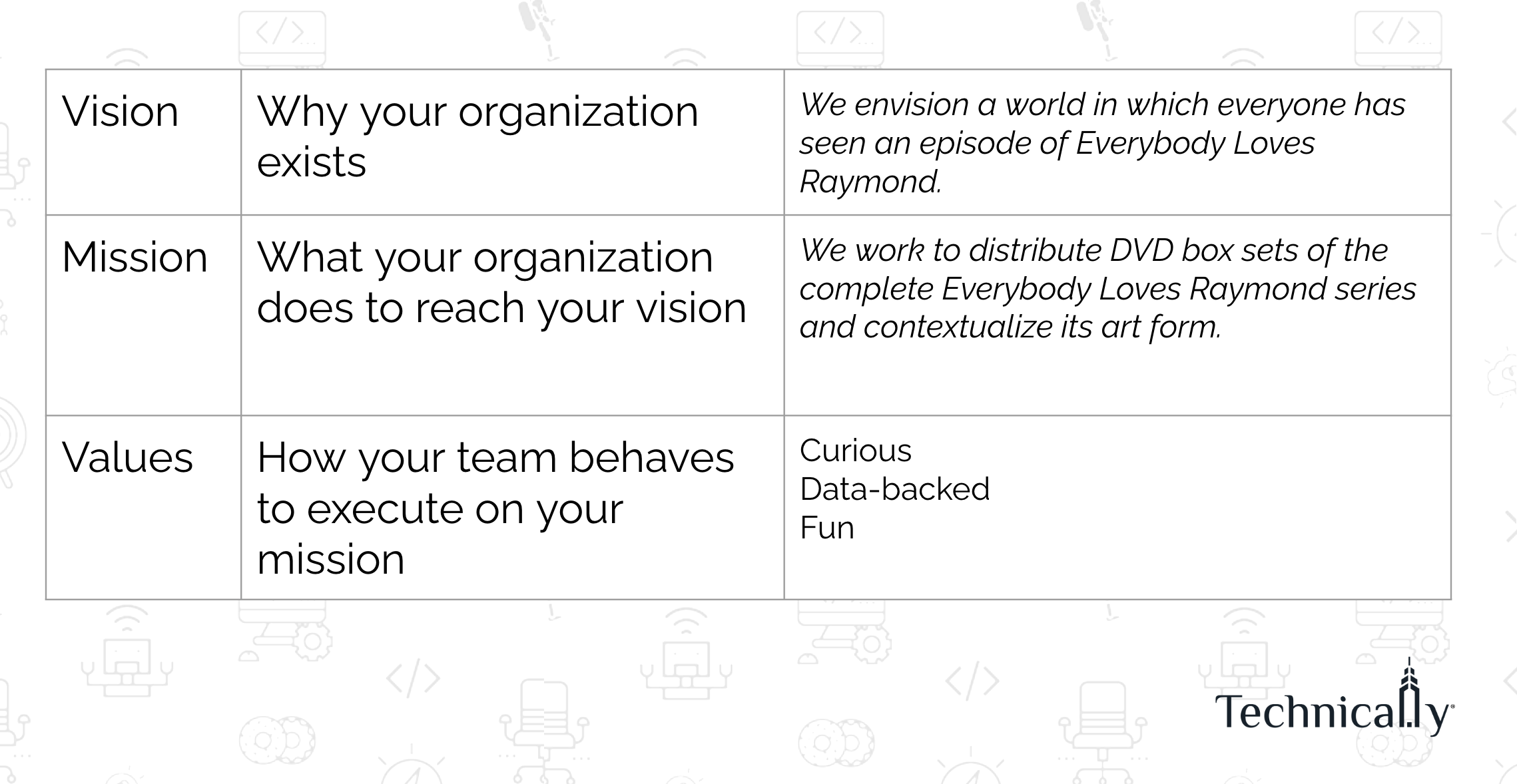Written by Technically Media CEO Chris Wink, Technical.ly’s Culture Builder newsletter features tips on growing powerful teams and dynamic workplaces. Below is the latest edition we published. Sign up to get the next one.
Company values are something you might think you need, without necessarily knowing why.
This summer, teams will go away on team retreats or leadership summits to set those values. Far fewer will do anything about them. Just 10% of companies set company values and put them into practice, according to author Brené Brown.
That’s a major missed opportunity, argues MaryBeth Hyland, the author of last year’s book “Permission to Be Human: The Conscious Leader’s Guide to Creating a Values-Driven Culture.”
“People think you can go to some ‘values retreat’ and then check off that box,” Hyland told me. She’s keen on companies “operationalizing” values, a clunky way of saying an important thing: Know what defines your team and build systems to stay focused on them.
What is the history of company visions, mission statements and values?
Company values are modern creations, though the idea of distilling down central themes is an old one. They’re commonly paired with and directly came out of the rise of mission and value statements.
- One of the first known modern mission statements was set in 1941 by the American Journal of Economics and Sociology, though it remains a relatively obscure tool;
- In the 1960s, company retreats to establish a “vision for the future” became popular;
- In the 1970s, management consultant Peter Drucker advised executives to define a company’s purpose and mission;
- A 1983 book named “Planning for Organizational Success” outlined “mission analysis”;
- A 1994 Wall Street Journal story reported “fifty percent of big companies have mission statements now, twice as many as five years ago,” saying they are “fast becoming the latest management mania.”
In the last 20 years, vision, mission and values have codified into a standard trio. The vision is why your company exists. The mission is what you do to reach that vision. And your values are “how you go about accomplishing that work,” Hyland said.
To deliver on your company values, she outlines in her book that leaders must “know, own and live” them. Most companies stop at knowing them, with the help of a team exercise full of post-it notes.
To own them, Hyland says organizations must back company values with behaviors. What does it mean to be innovative? What’s a decision a teammate knows they would make to fit an organizational value?
For example, longtime tech executive and leadership coach Mike Krupit shared with me a long list of specific behaviors that were meant to support the values of 1990s-era early web company Infonautics, where he cut his teeth.
One of that company’s values was “integrity,” and the company had several straightforward and specific behaviors to back that up, including: “Never offer a deal we wouldn’t take ourselves.”
Hyland says this answers the question: “How do we get a common language for our value words?”
As leadership guru Simon Sinek has put it: Values multiplied by behavior equals team culture. How does a company live those values? Hyland’s book is rich with specific examples.
How to put your company’s values into action
Initiate a semi-regular “values alignment survey,” in which employees are asked to rank how company values are lived up to at the organization, team and individual level. (She advises doing this anonymously.)
Look at each key employee engagement step (job descriptions, interviews, performance reviews, all-team gatherings and offboarding) and ask the question: How do our values appear?
“Your values have to be involved in everything,” she said.

We at Technical.ly tie specific employee behaviors to our specific value words during a monthly all-team meeting. They’ve shown up elsewhere but Hyland reminded me there’s a lot more we can do.
“We can have deeper conversations when we use values as a lens,” Hyland said. “It’s clarifying and powerful.”
Sign up for the Culture Builder newsletter






